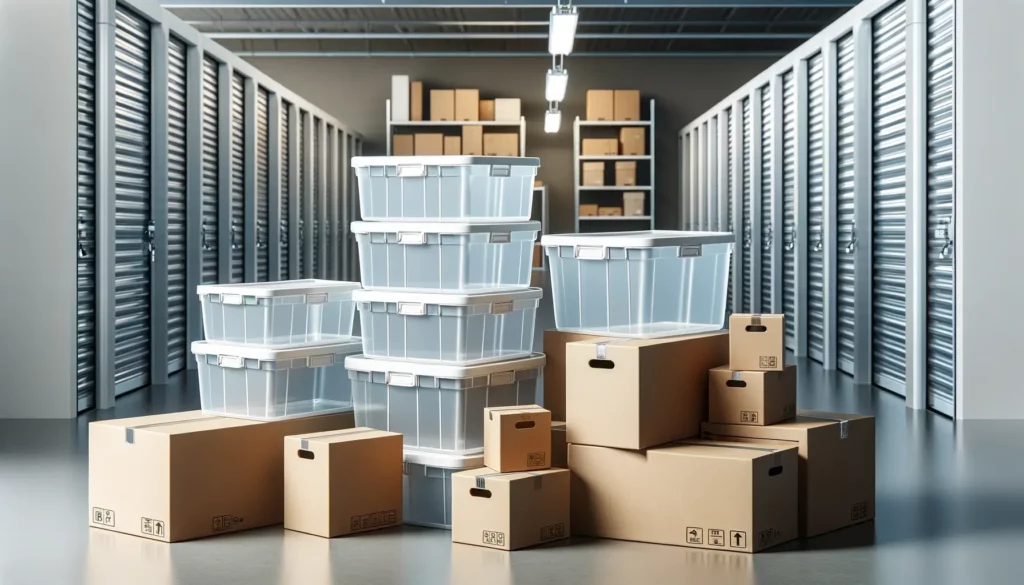In the realm of personal storage, discerning individuals increasingly opt for self-storage as a sanctuary for their prized possessions. This trend spans a multitude of items, from domestic goods and cherished collectibles to commercial inventory and vital documents. Masterful organisation of these storage spaces is paramount for swift retrieval of essential items.
Navigating a cluttered self storage unit can be treacherous, with the peril of tumbling boxes—laden perhaps with heavy contents—posing a threat to your own safety and the integrity of items. Adhering to the following guidelines will not only optimise your storage space but also safeguard your belongings and streamline access.
Starting Your Personal Storage Journey: Preliminary Considerations
Prior to embarking on your personal storage venture, introspection on several fronts is necessary:
- Assess whether all intended items are permissible and suitable for storage at the chosen facility.
- Contemplate the containers for item storage.
- Ensure all items are devoid of moisture and impeccably clean.
- Evaluate the sufficiency of boxes, plastic bins, adhesive tape, and cushioning materials for delicate items.
- Determine the frequency of retrieval and prioritise essential items accordingly.
Efficient Use of Space: The Foundation of Effective Self Storage
Space is a precious commodity in self-storage units, and efficient utilisation should be at the forefront of your organisation strategy. Here are some tips to maximise space:
- Utilise vertical space by stacking boxes and containers.
- Place heavier items at the bottom of stacks to prevent crushing and damaging delicate items.
- Leave walkways between stacks for ease of access.
- Use shelves, racks, or hooks for additional vertical storage options.
- Consider hanging clothes in wardrobe boxes to save floor space and prevent wrinkling.
Box Your Way to Glory: The Art of Efficient Packaging for Personal Storage
Proper packaging is crucial for ensuring your belongings remain in pristine condition during storage. Invest in sturdy boxes that are of the same size, shape, and quality to optimise space usage.
- Use strong adhesive tape to seal all box edges.
- Label each box with a detailed inventory list for quick reference.
- Place heavier items in smaller boxes for easier handling and sturdier stacking.
- Fill any empty spaces in boxes with cushioning materials to prevent shifting and potential damage.
- Disassemble large items, such as furniture, to save space and prevent damage.
How To Prepare For Personal Storage Like A Pro
When preparing for personal storage, it’s crucial to pack and organise your items efficiently to maximise space, ease of access, and safety. Here are five expert tips to help guide you:
Choose Your Storage Containers Wisely
- Plastic Containers: They are sturdy, airtight, waterproof, and transparent, making it easy to see the contents. However, they are more expensive and can encourage mould growth if items are damp.
- Cardboard Boxes: More affordable, lighter, and provide better ventilation for fabrics. The downsides are their susceptibility to moisture damage and lack of visibility of contents, necessitating detailed labelling.

Maintain an Inventory
Keep a detailed inventory of all items stored, categorised by type (e.g., clothing, toys). This inventory should be updated regularly as items are added or removed from your personal storage unit.
Label Boxes and Containers Clearly
Invest time in labelling each box and container with a comprehensive list of contents. This will save you significant time and hassle when searching for specific items later.
Plan the Layout of Your Personal Storage Unit
Before storing, plan how to organise the space in your personal storage unit. Group items by room or category and keep frequently used items near the front to avoid having to move things around later.
Leave a Clear Path and Stack Carefully
Avoid filling the storage unit to the brim. Ensure there’s a clear path for easy access to all items. Stack heavy boxes at the bottom and lighter ones on top to prevent toppling and potential damage.
Self Storage Insurance for Peace of Mind
Finally, consider purchasing self storage insurance to protect your belongings from unforeseen circumstances such as theft, fire, or natural disasters. Some facilities may offer insurance as part of their services, while others may require you to purchase it separately. Space Centre, for example, offers free storage insurance for goods valued up to £3000. Alternatively, customers can choose their own insurance provider such as Store Insure or Surewise.
Final Thoughts
In conclusion, proper organisation and preparation are key to effective self-storage. By following these guidelines and investing in the right containers and materials, you can ensure the safety and accessibility of your belongings for years to come.
There are many benefits to utilising self-storage, from creating more space in your home or office to giving you peace of mind knowing your items are safely stored. However, it’s essential to remember that proper preparation and organisation are crucial for a successful storage experience.
Visit the website for more information about our storage unit sizes and prices. Don’t know the right storage unit size? Maybe this guide can help: What Can I Fit Into A 10×10 Storage Unit?